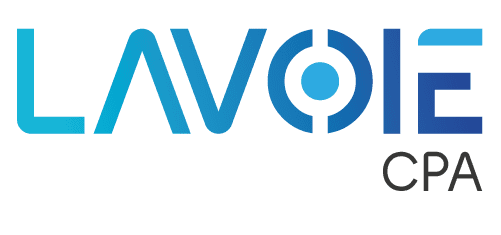
3 Ways to Drive Business Growth
Being the CFO in a high growth company is challenging. Handling business responsibilities, strategies, managing people and responding to setbacks can really chew up your day. Here are 3 things I have learned from great leaders that drives business growth.
1. Empower Your Employees to Act Like Executives
By empowering employees to act as managers, you’ll free up your time to focus on your to-do list. This is a step beyond delegation. When you give trusted employees the power to make decisions, you lift the burden from your own shoulders. At the same time you fuel your staff members’ confidence in their own abilities to lead. This strategy is only successful if you let your employees what your expectations are and how they will be measured. If you have chosen the right employees, they will proudly embrace their new responsibilities and strive to exceed your expectations and drive growth.
2. Leverage Technologies That Pave The Way Toward Easy Management
Take advantage of technology solutions that integrate data and eliminate information silos that are difficult to breach. Decision making is much easier when you have a set of best-in-class applications that integrates and gives you 24/7 access to data in the office and remotely. You and your employees will spend less time struggling to generate useful data and more time analyzing your metrics. This will in turn allow you to make more informed and strategic decisions that will drive business growth.
3. Understand Your team, and Plan Around Its Strengths and Weaknesses
Every group of employees is different. Working with your employees, instead of imposing a workflow on them, will remove friction between leadership and your staff. Examine your employees and establish procedures and policies for work that allow each employee to have the opportunity to reach his or her full potential. As a result, your employees will be settled and comfortable with the company culture and the personalities on your team and can focus on strategies that drive growth.
Do you have any tips on how to drive business growth? Feel free to share in the comment section.




